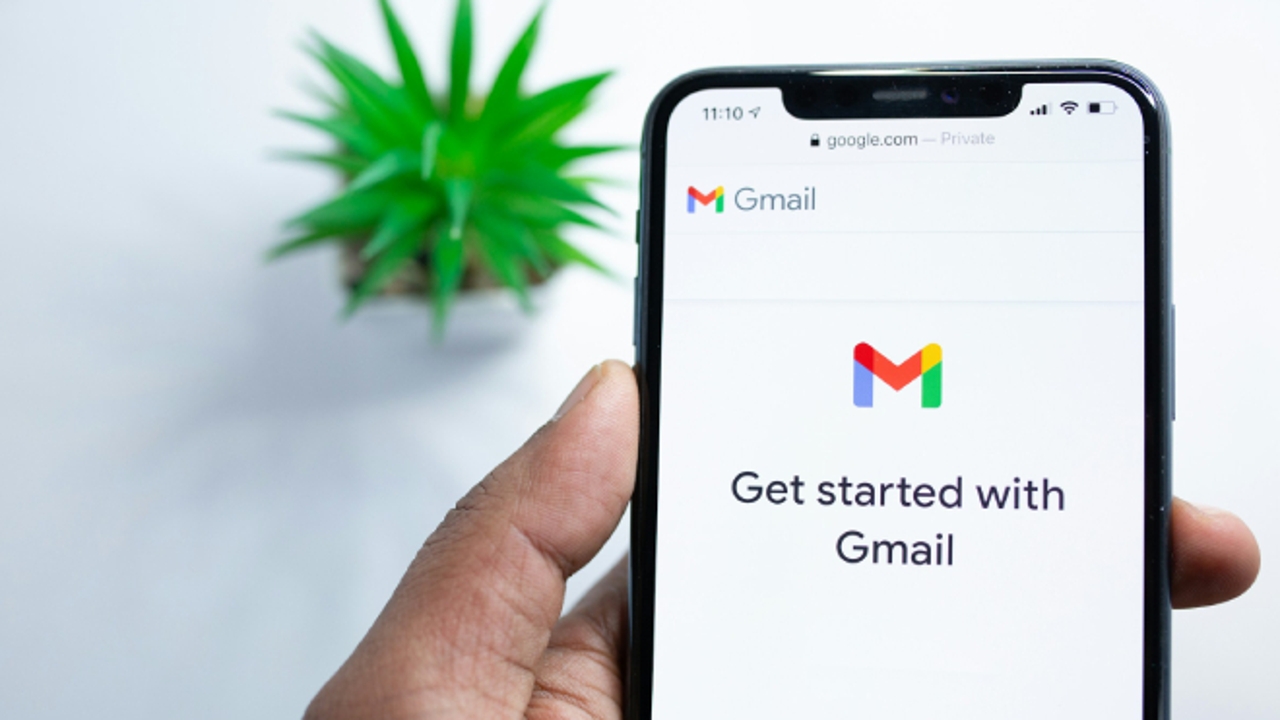April 1, 2004 Google published a statement that very few people took seriously. This date is the Anglo-Saxon equivalent of April Fool's Day and what the company Larry Page and Sergey Brin advertised seemed like one of those jokes, too good to be true. In a world where the storage capacity of the most popular email services, such as Yahoo and Microsoftthey were around the 20 megabytesthey could only cover a few dozen emails and forced them to be constantly deleted to make room for new ones, Google presented a free service, not all of them were, with 1 gigabyte storage and the search capabilities of its already popular search engine.
Gmail was described then as “a free, search-based webmail service with a storage capacity of up to eight billion bits of informationthe equivalent of 500,000 pages of email per user.” It was initially launched under an invitation system that actually responded to the precarious infrastructure with which the one that had been known internally during its three years of development as a project began to operate Caribou.
“When we launched it, We only had 300 machines and they were very old machines. that no one else wanted. We only had enough capacity for 10,000 users, which is a bit absurd,” he explains. Paul Buchheit, a former Google engineer, told the Associated Press. However, this invitation system gave it an air of exclusivity that boosted the interest of Google's proposal. Some were sold for $250 on Ebay at the time.
But while what users were looking for was that gigantic storage space, which was going to turn email accounts into a bottomless pit of documents, images and messages, Google put the emphasis in search capabilities and speed of service.
Thus, the company promised in its press release that using the Google search technologyusers could use “keywords or advanced search features” to “find what they need, when they need it” and that Gmail was “faster and more efficient by eliminating the need to file messages into folders and by automatically organizing emails.” individual emails in 'conversations'.”
“If you think about the kind of value proposition that Gmail brought to the table when we started, it was about ultra-fast searches. People were tired of email management. Spam was everywhere and storage space in the inbox was minuscule. You had to constantly delete emails to make room for new ones. “Gmail’s gigantic storage limit solved that,” he says. Ilya Brownvice president of Gmail at Google, told The Verge.
To the surprise of many users, Gmail banished the delete mail button from the main window since he did not consider it necessary with so much space. “We were trying to change the way people had been thinking because people worked in this storage shortage model for so long that deleting became a default action,” Buchheit says.
Gmail revolutionized email and was the first pillar in Google's expansion towards its current dominant position on the Internet. Before the decade was out, Google had bought Youtubelaunched your browser ChromeThe operating system Android, Google Maps and Docs among other services.
Gmail was also evolving. After a year he doubled the storage space which later increased to 4, 10 and finally to 15 GB in 2013 by merging with the one that offered the services Drive and Photos. Since then there have been no changes, beyond adding payment plans to increase space, in what used to be its main identity sign. And, in addition to connecting with other company services such as Chat and meethas been adding functions such as Topics, smart replies or the button to cancel subscriptions painlessly, among others. Since 2012, the year in which it surpassed Microsoft's Outlook in number of users, it has been the most used email service in the world. Currently, by 1.2 million people who maintain 1.8 billion active accounts.

